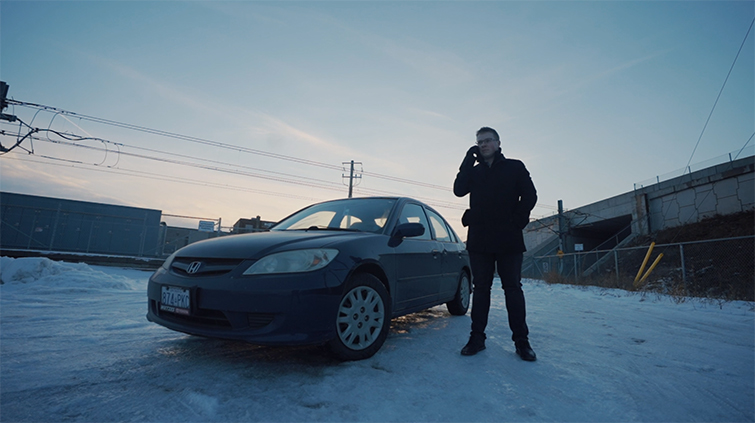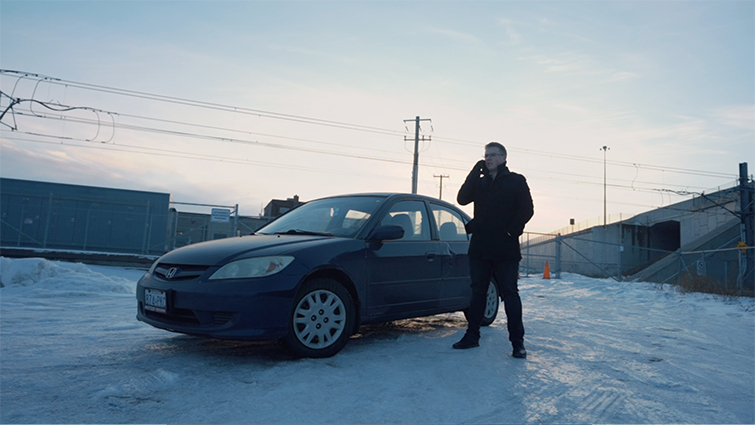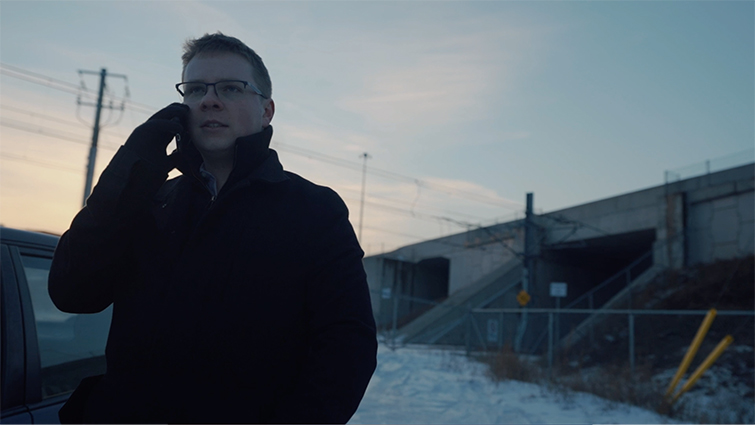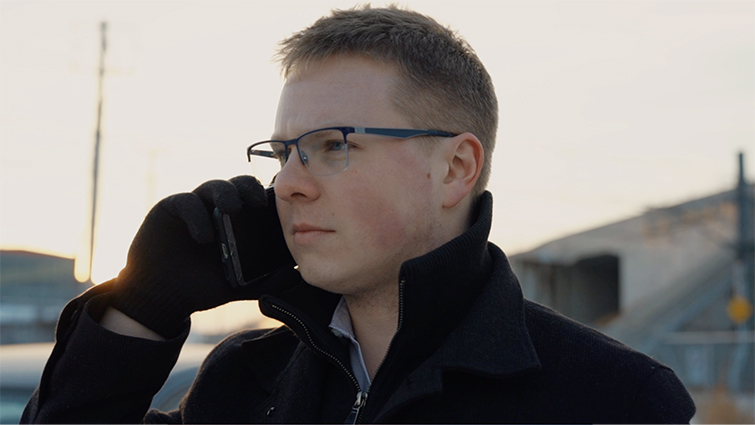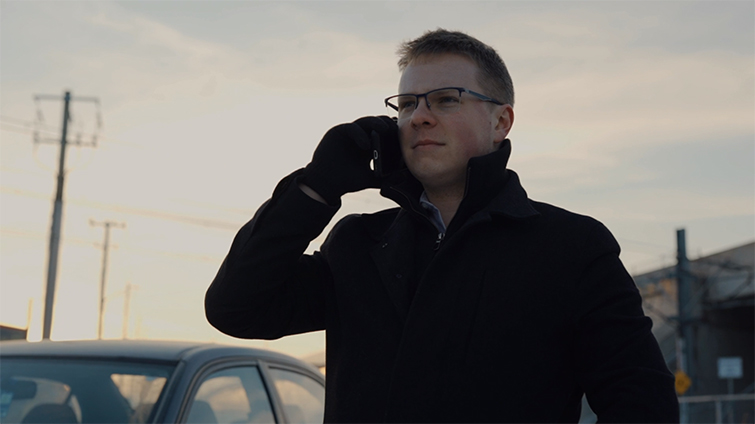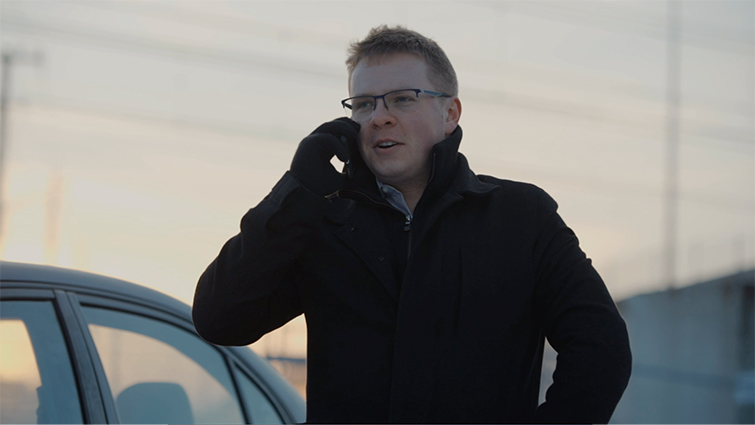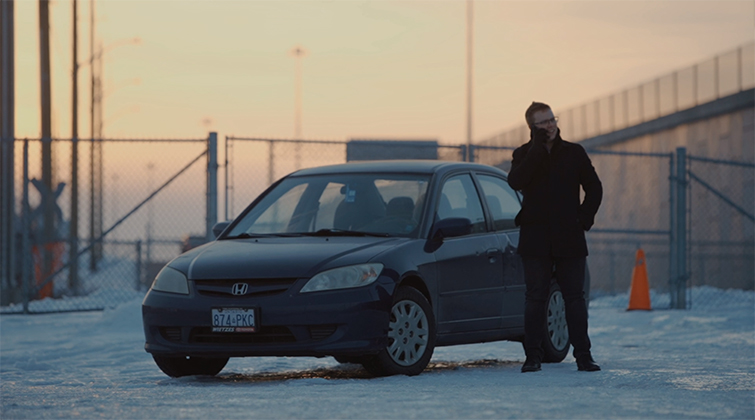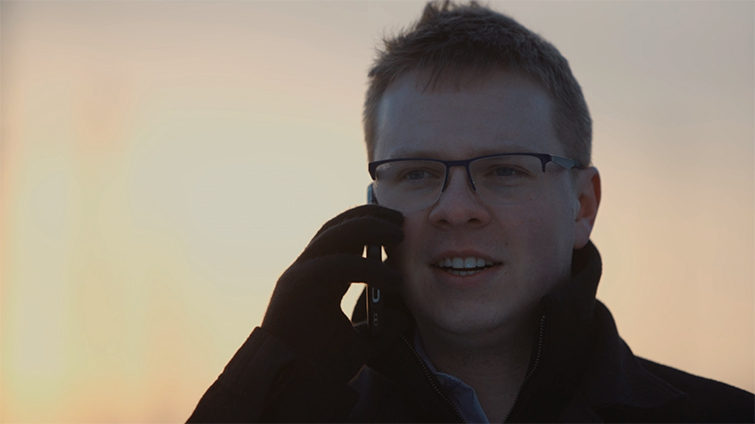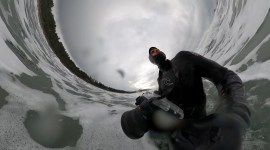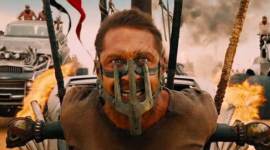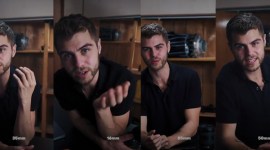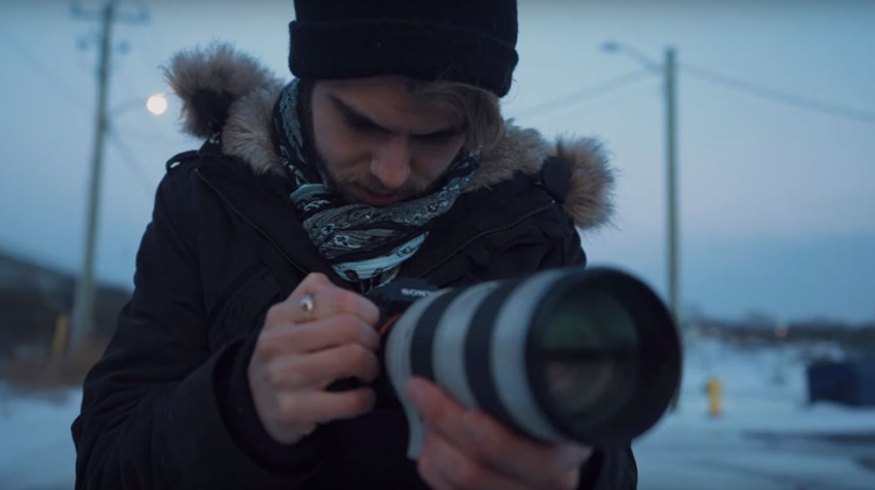
Video Tutorial: Determining The Best Lens for Your Project
Which focal length communicates which feeling in which situation? We break down the options down in our latest video tutorial.
As a storyteller, I’m constantly trying to determine what focal length works best to evoke a particular emotion in a scene. If the character knows something the audience doesn’t, do I shoot my scene on a wide 16mm or a telephoto 200mm? If my character is claustrophobic or afraid, what focal length best represents that emotion?
In this tutorial, I break down some of cinema’s most-used focal lengths (16mm, 24mm, 35mm, 50mm, 100mm, and 200mm) and explore which work best to communicate the message I’m trying to get across with the scene.
Below, I’ve detailed the emotions each lens conjures along with a corresponding set of images. If you’re interested in learning a little more about my experience shooting with these lenses, check out this video.
Disclaimer: the following article is based completely on my personal opinion, so nothing here is by any means an industry standard. Your emotional reactions may be completely different, but stopping to think about them is a good exercise.
16mm
Epic and expansive. This is great for documentary or location-focused work.
24mm
Similar to the real world. It’s perfect for conveying real-life experience.
(22mm to 24mm is the most realistic option because it is so similar to what our eyes see.)
35mm
Wide and cinematic, this is great for Medium shots.
The image feels close to the character without actually occupying his space.
50 mm
This creates a nice, comfortable distance from the character.
It’s also my favorite cinematic focal length because it keeps the background recognizable while creating beautiful bokeh.
85-100mm
This pulls the audience away from the character, casting them more as observers than participants in the scene.
This option is a great focal length for enhancing movement and action in a frame.
200mm
The audience is very removed from the character, creating a sense of suspicion. The character knows something the audience doesn’t, and we’re not close enough to figure out what it is.
But used for a close-up, the result is dynamic and flattering — a complete reversal from a medium shot.
Interested in the tracks we used to make this video?
Looking for more cinematography tutorials? Check these out.


